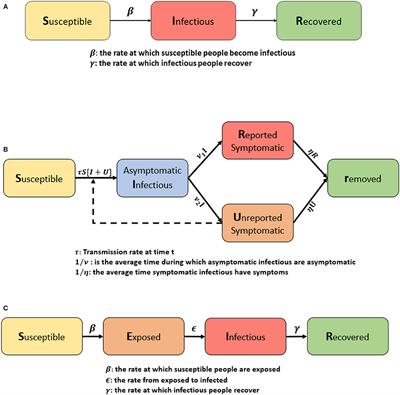Background: The global burden of the new coronavirus SARS-CoV-2 is increasing at an unprecedented rate. The current spread of Covid-19 in Brazil is problematic causing a huge public health burden to its population and national health-care service. To evaluate strategies for alleviating such problems, it is necessary to forecast the number of cases and deaths in order to aid the stakeholders in the process of making decisions against the disease. We propose a novel system for real-time forecast of the cumulat ive cases of Covid-19 in Brazil.
Methods: We developed the novel COVID-SGIS application for the real-time surveillance, forecast and spatial visualization of Covid-19 for Brazil. This system captures routinely reported Covid-19 information from 27 federative units from the Brazil.io database. It utilizes all Covid-19 confirmed case data that have been notified through the National Notification System, from March to May 2020. Time series ARIMA models were integrated for the forecast of cumulative number of Covid-19 cases and deaths. These include 6-days forecasts as graphical outputs for each federative unit in Brazil, separately, with its corresponding 95% CI for statistical significance. In addition, a worst and best scenarios are presented.
Results: The following federative units (out of 27) were flagged by our ARIMA models showing statistically significant increasing temporal patterns of Covid-19 cases during the specified day-to-day period: Bahia, Maranhão, Piauí, Rio Grande do Norte, Amapá, Rondônia, where their day-to-day forecasts were within the 95% CI limits. Equally, the same findings were observed for Espírito Santo, Minas Gerais, Paraná, and Santa Catarina. The overall percentage error between the forecasted values and the actual values varied between 2.56 and 6.50%. For the days when the forecasts fell outside the forecast interval, the percentage errors in relation to the worst case scenario were below 5%.
Conclusion: The proposed method for dynamic forecasting may be used to guide social policies and plan direct interventions in a cost-effective, concise, and robust manner. This novel tools can play an important role for guiding the course of action against the Covid-19 pandemic for Brazil and country neighbors in South America.



Δεν υπάρχουν σχόλια:
Δημοσίευση σχολίου